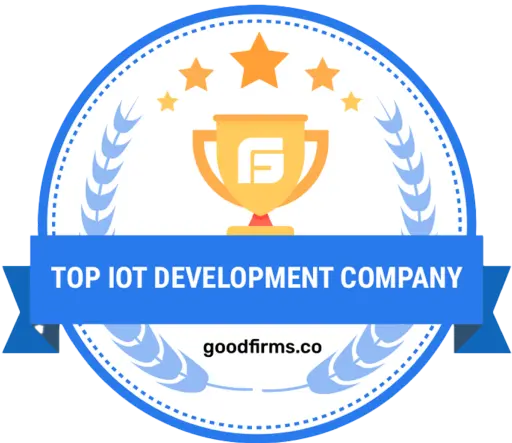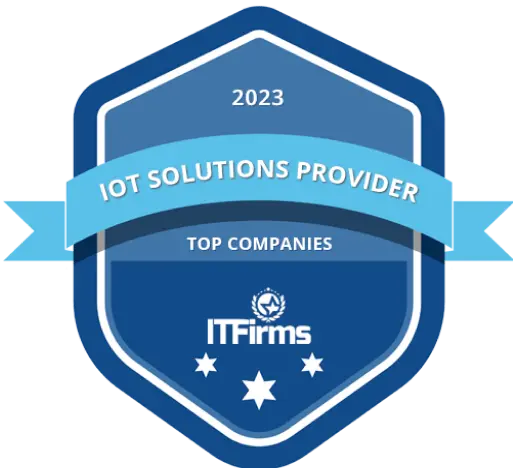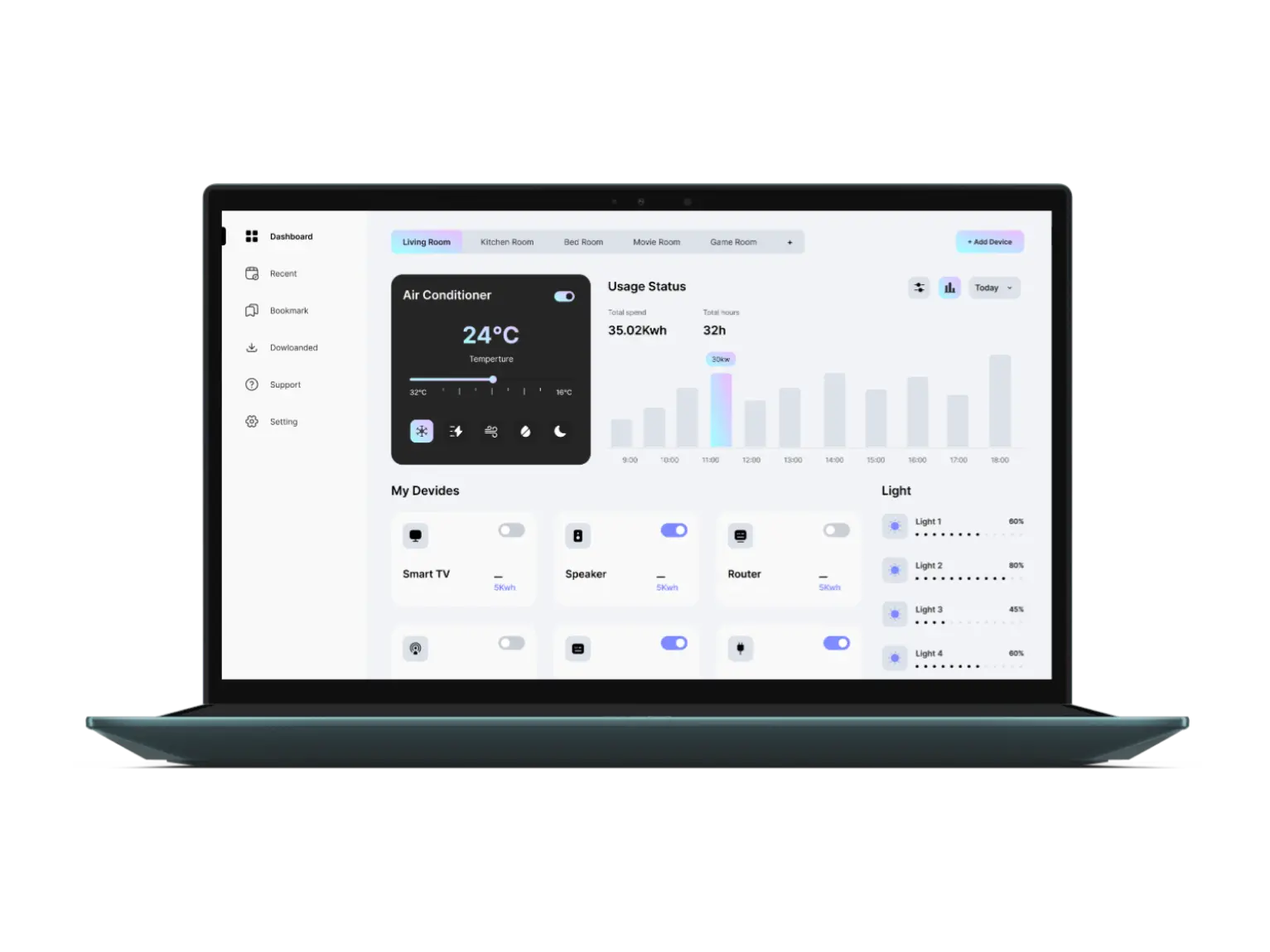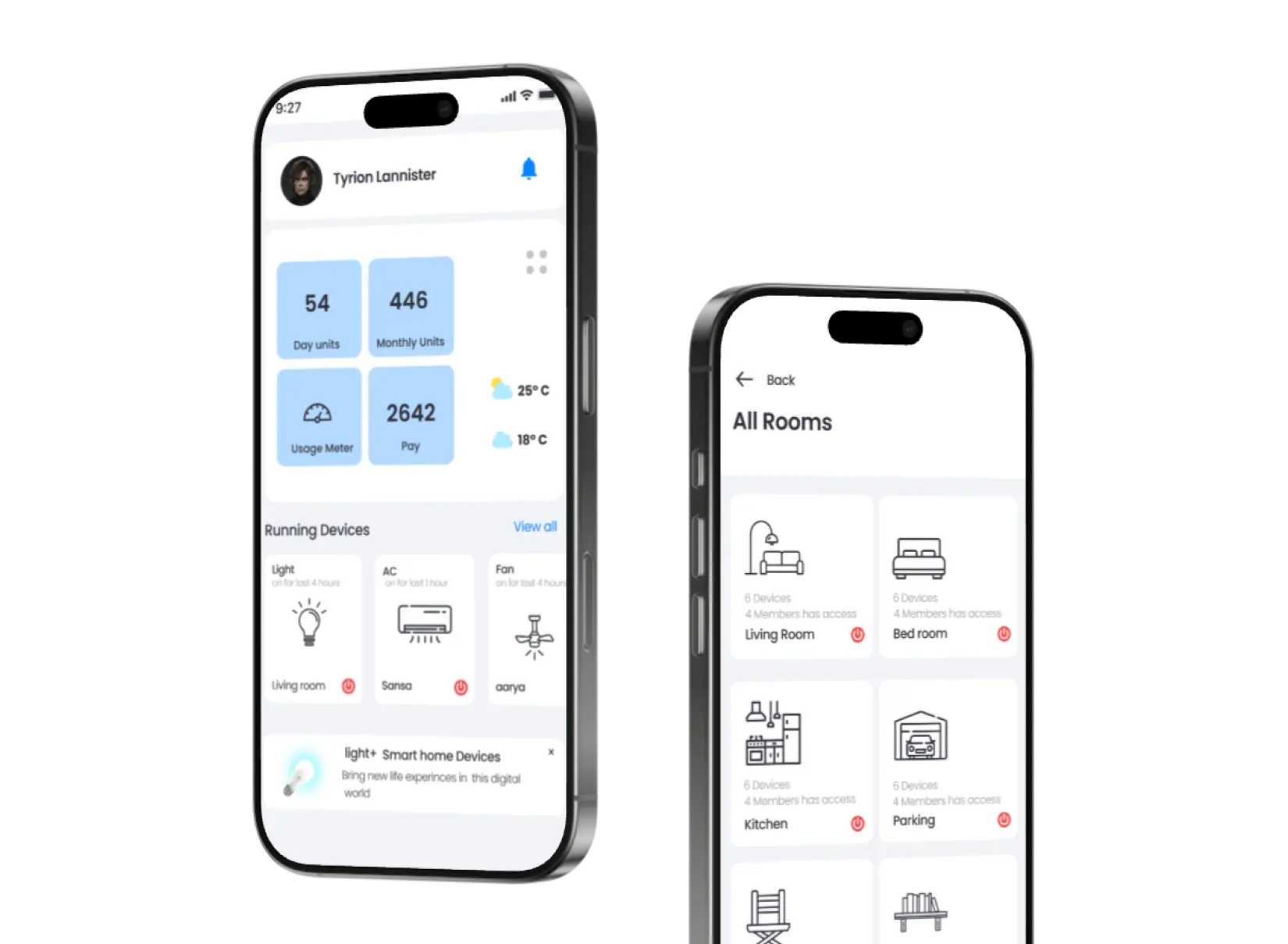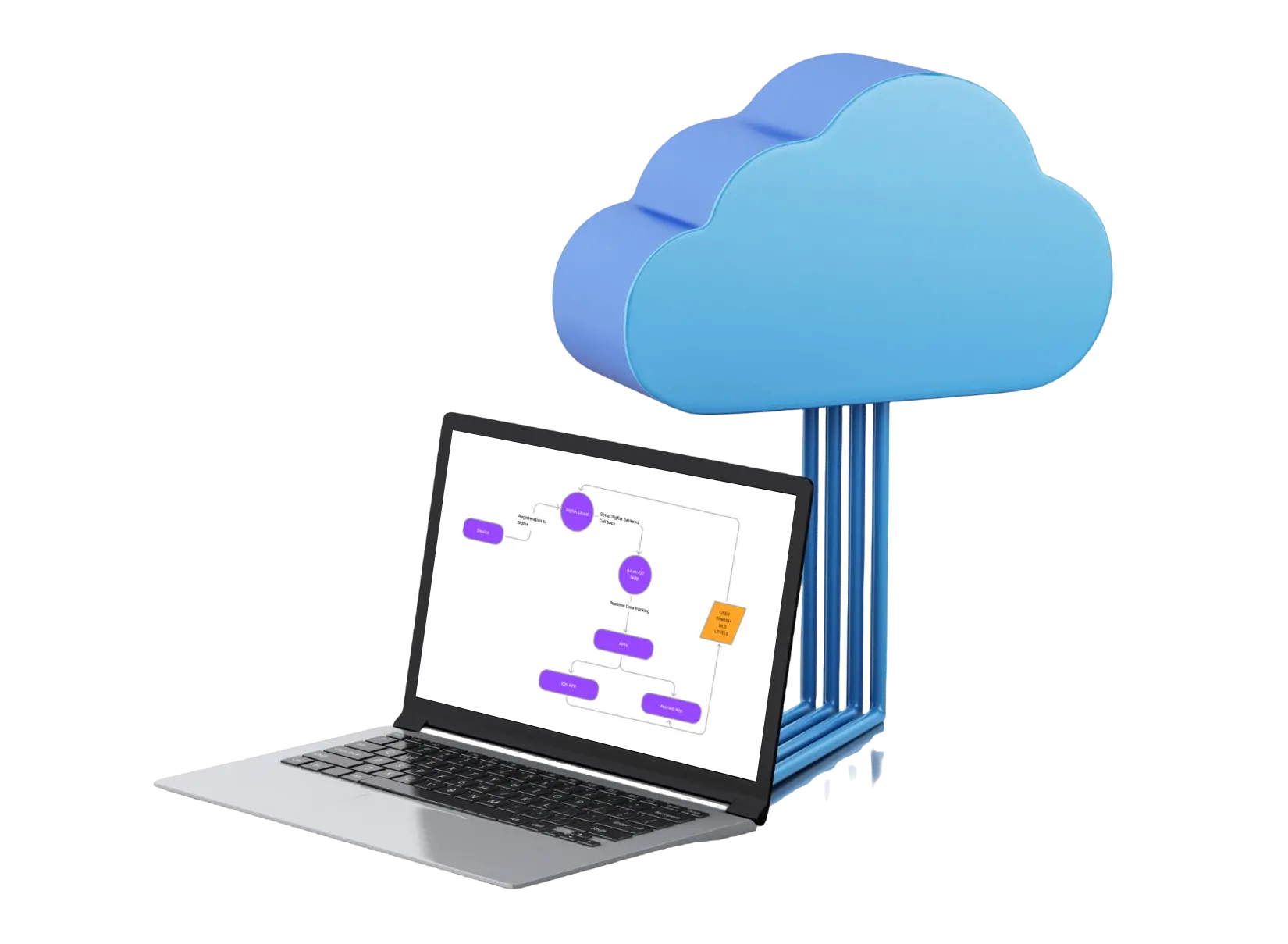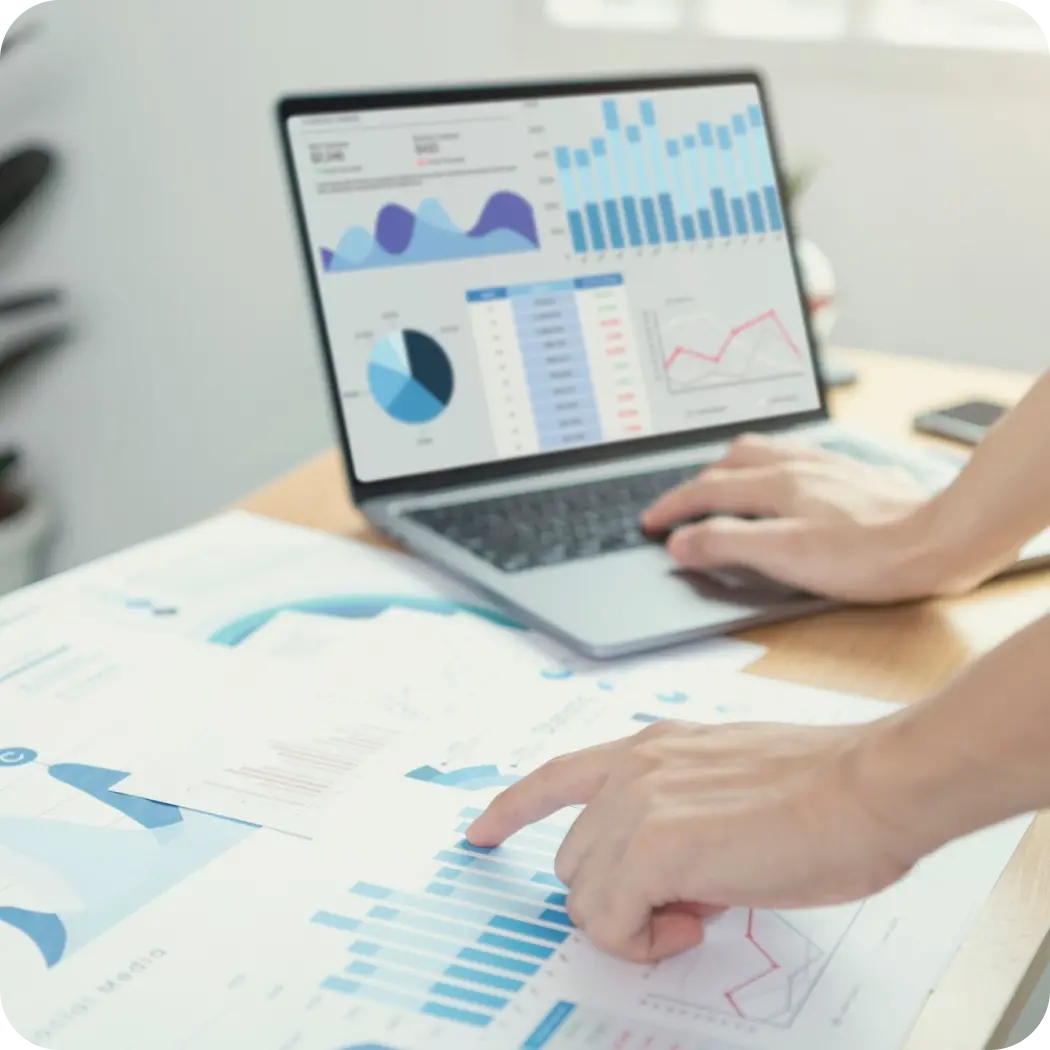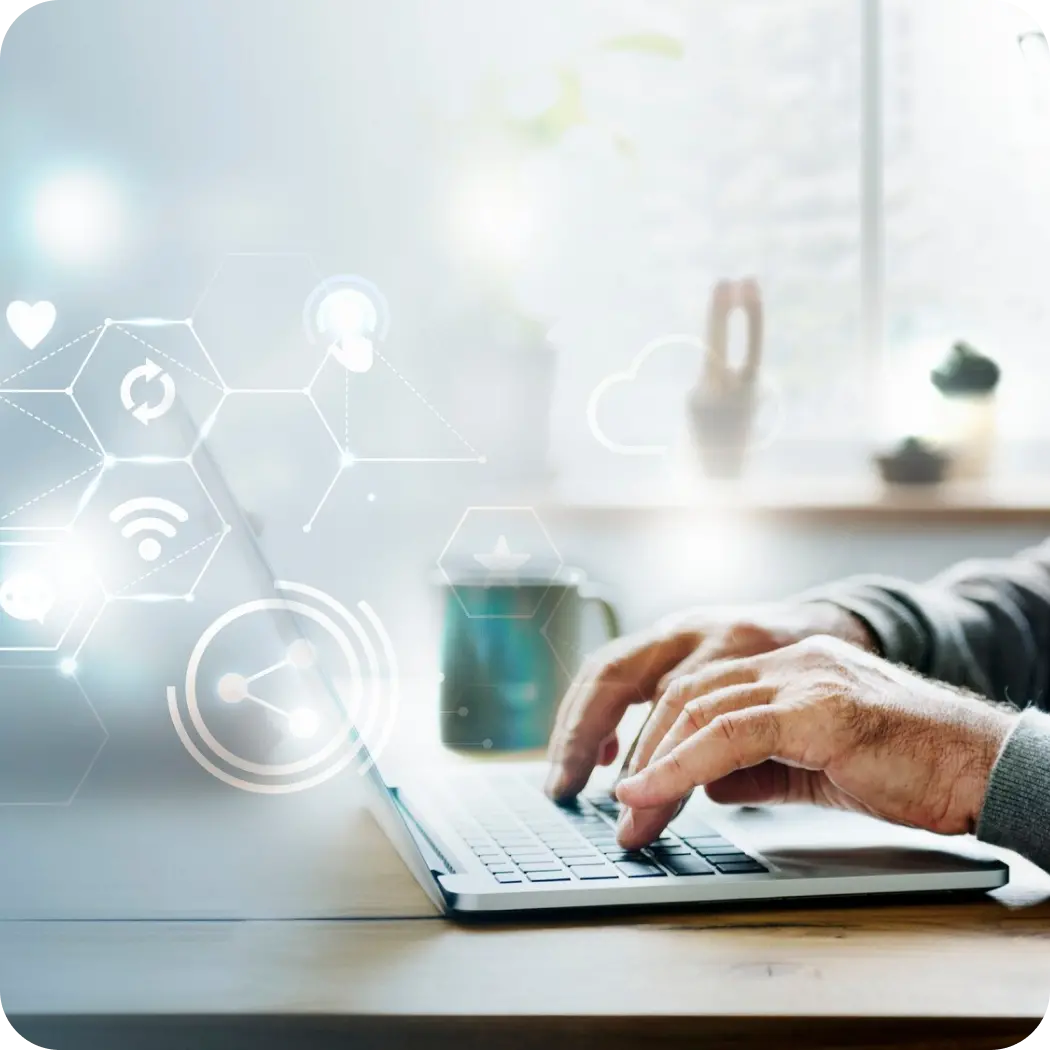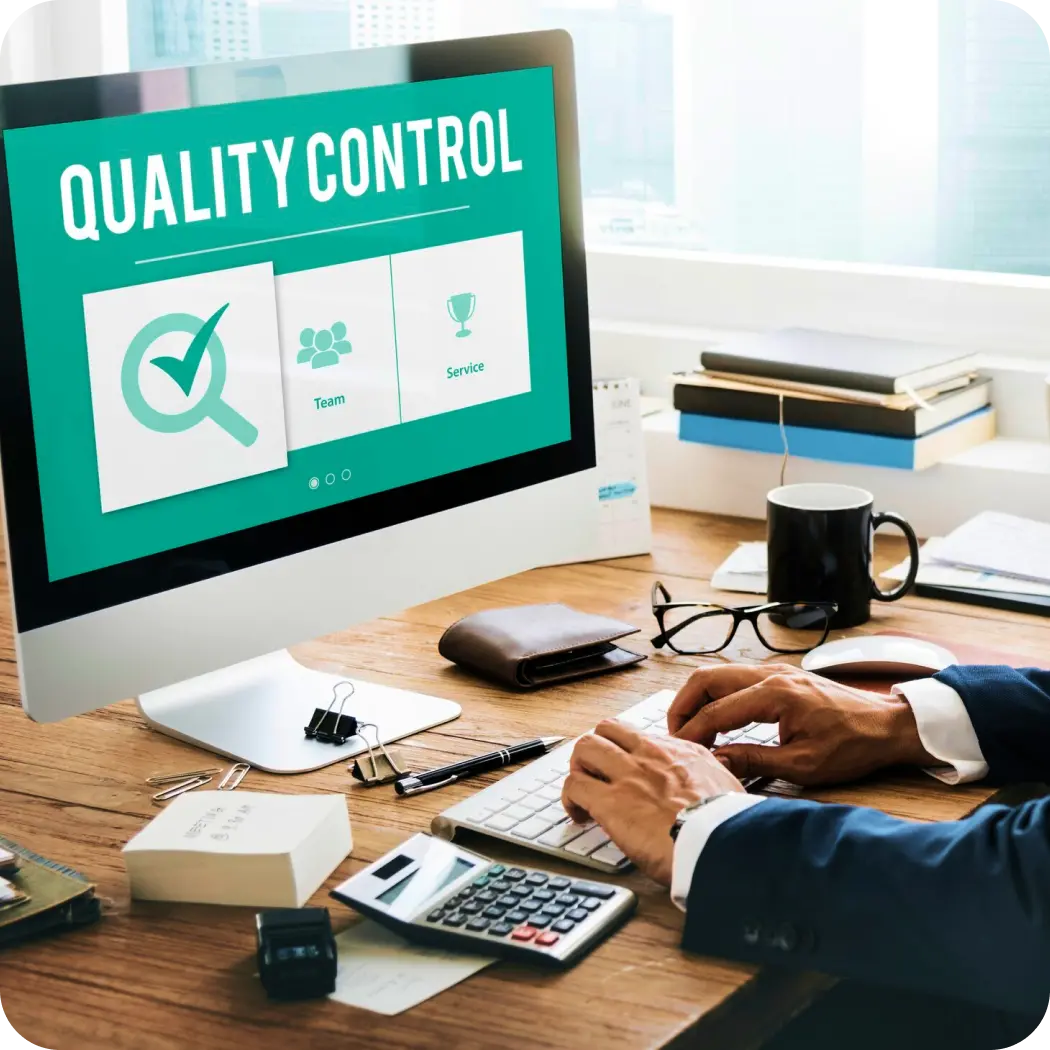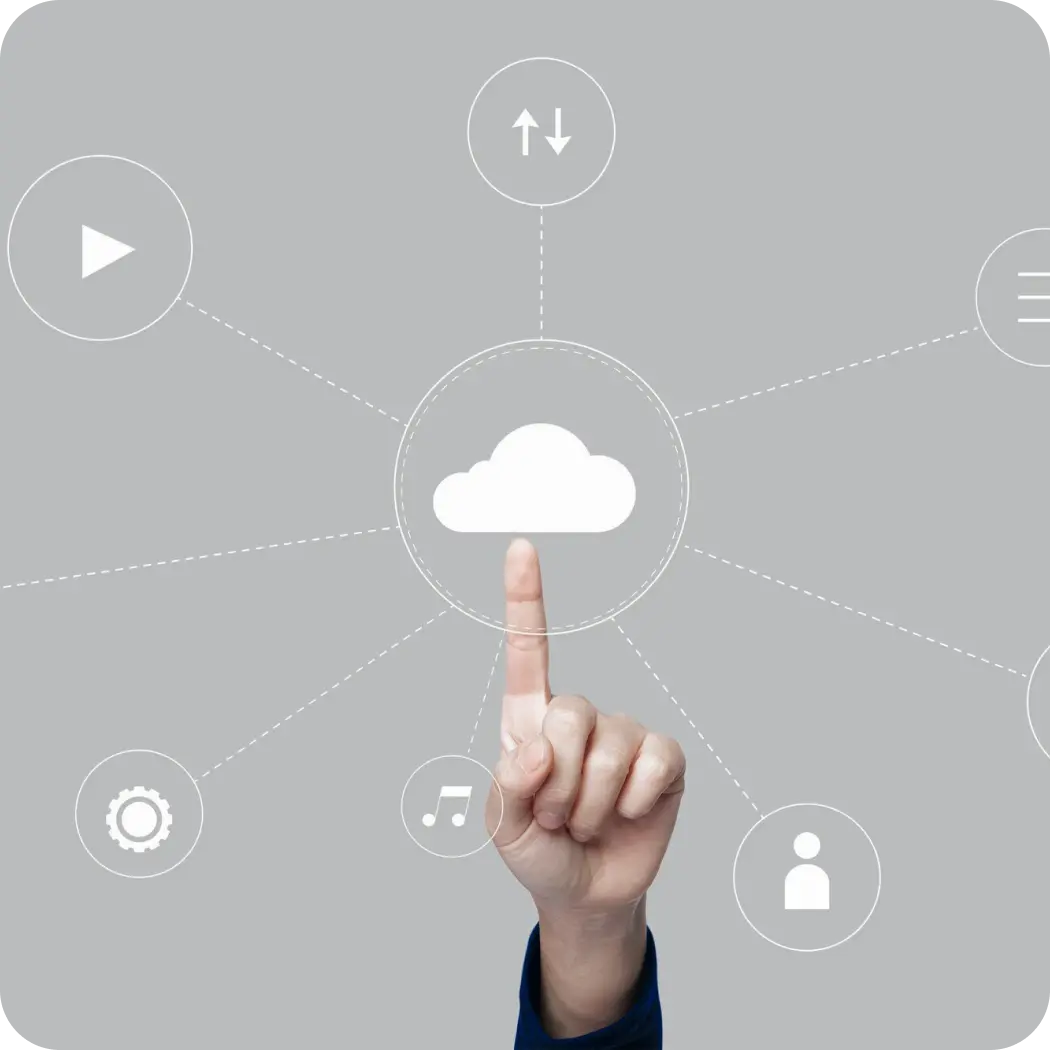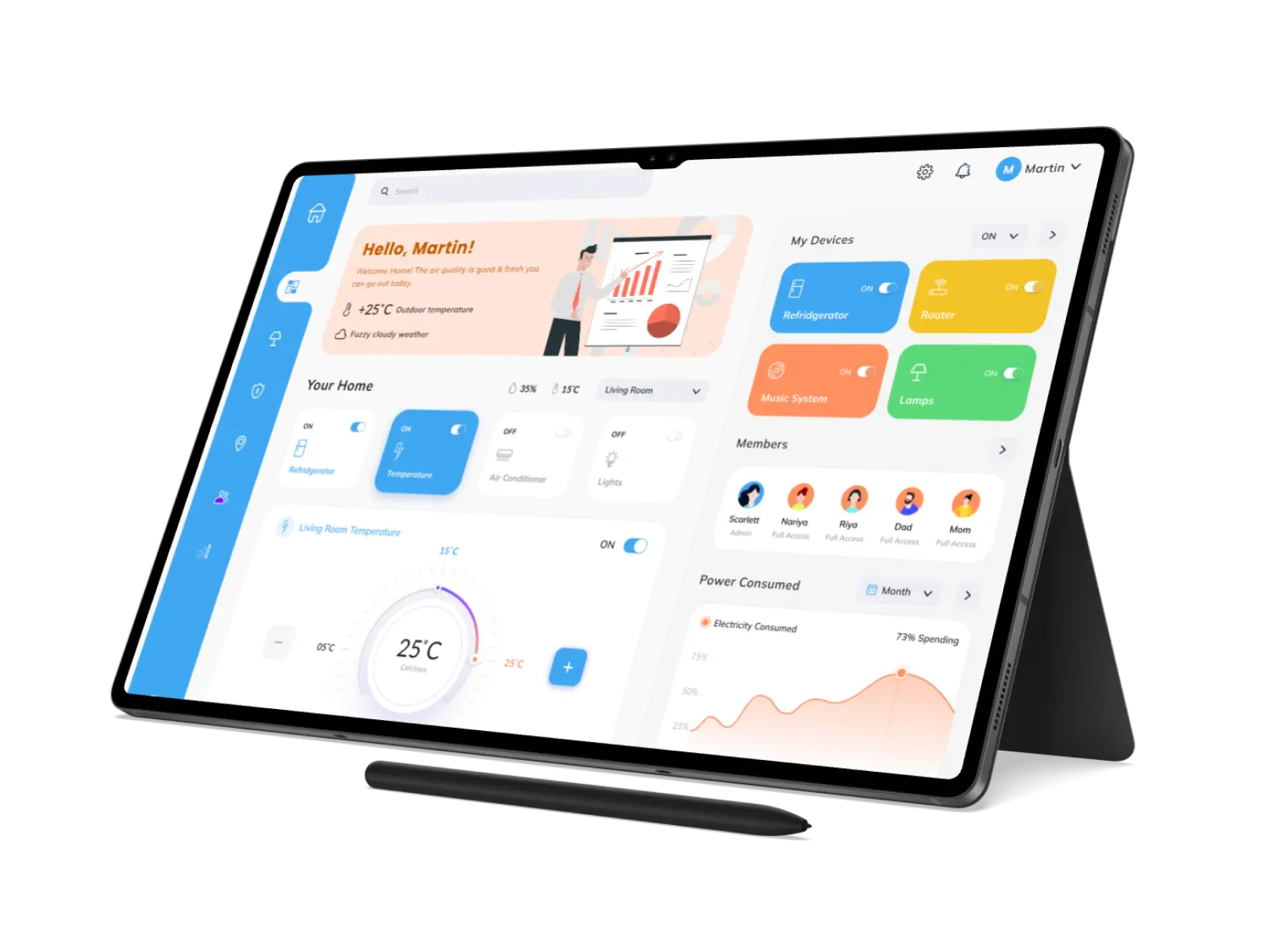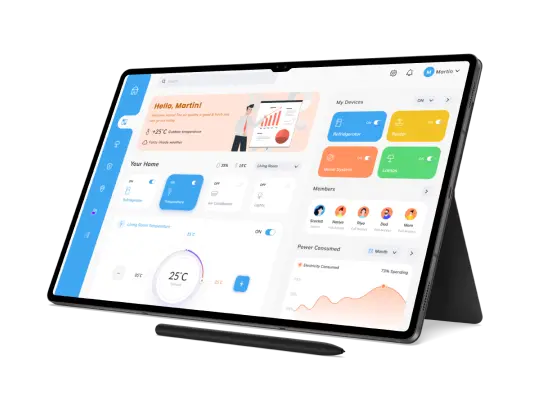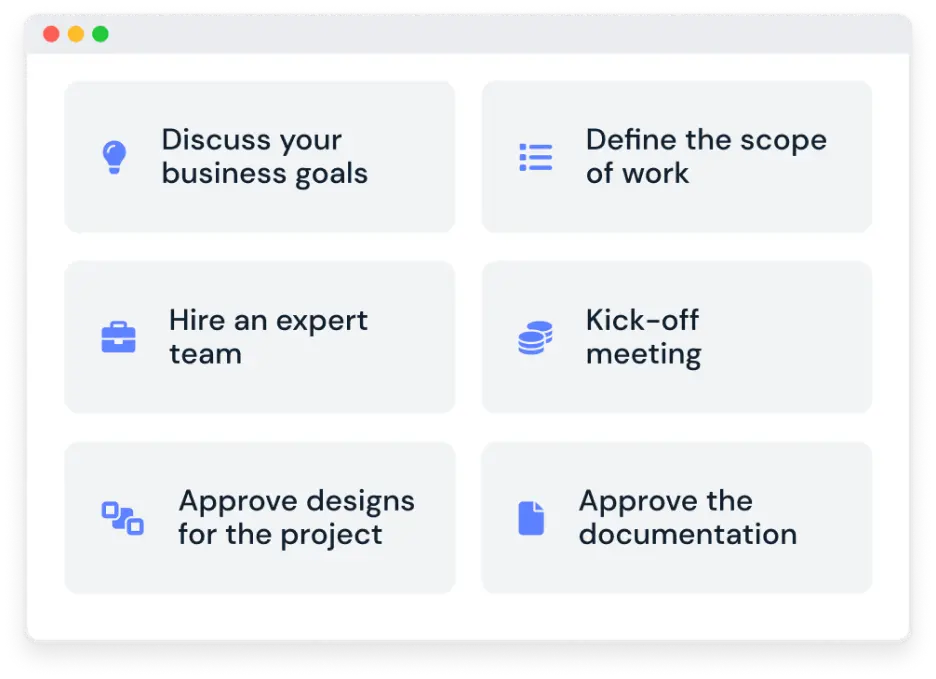The Internet of Things (IoT) constituents can generally be divided into four primary groups, each of which is essential to the harmonious operation of an IoT ecosystem:
Hardware. This refers to the actual components of the Internet of Things system, such as controllers, sensors, and devices. Sensors that gather environmental data are found in a wide variety of devices, from commonplace items like wearables or smart thermostats to industrial machinery. By controlling device operations, controllers enable automated reactions to sensor inputs.
Connectivity. This is where protocols and technology related to connectivity are useful. Through the use of techniques like Wi-Fi, Bluetooth, Zigbee, LoRaWAN, and more specialized protocols like MQTT, these technologies facilitate smooth communication between devices and the cloud or other devices. The system’s requirements for speed, range, and power consumption determine the connectivity option.
Data processing & analytics. To produce actionable insights, data must be processed and evaluated after it has been gathered. Either on the edge (close to the devices) or in the cloud, where robust computer systems process the data to create visually appealing information that is simpler for humans to understand, this can be done.
User Interface (UI). The IoT system’s user interface is how users interact with it. This includes desktop or mobile apps that let users control devices, keep an eye on data, and get real-time updates. Complex IoT systems become controllable and accessible with a well-designed user interface (UI), allowing users to easily initiate actions or make informed decisions.
At Limeup, we combine these building blocks to create IoT solutions that are both efficient and user-friendly, scalable, and finely tuned to your business’s exact needs.
